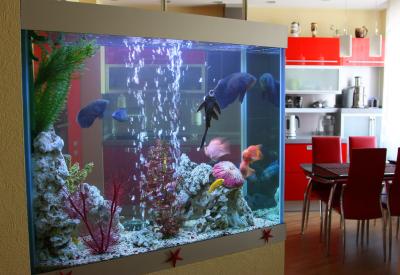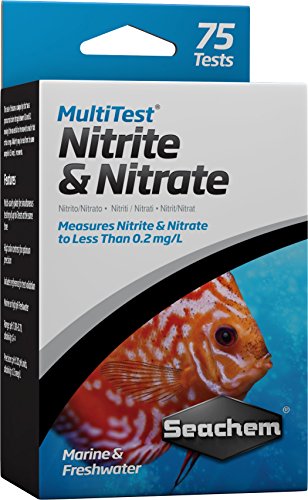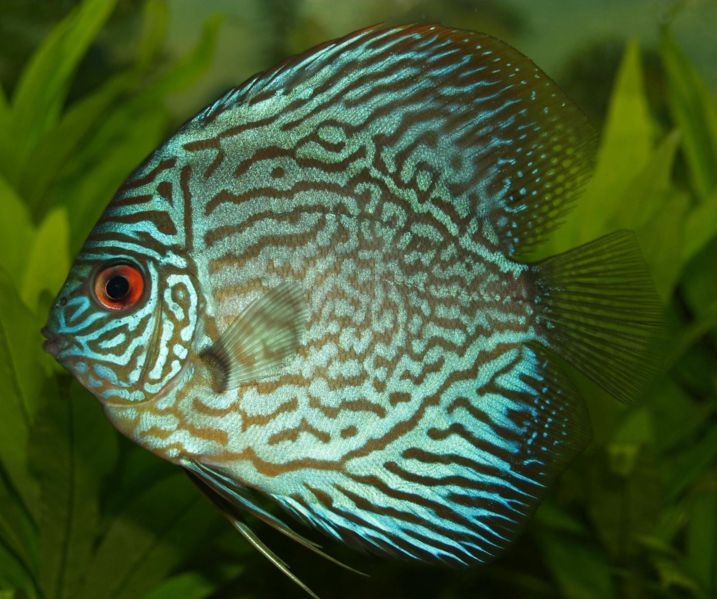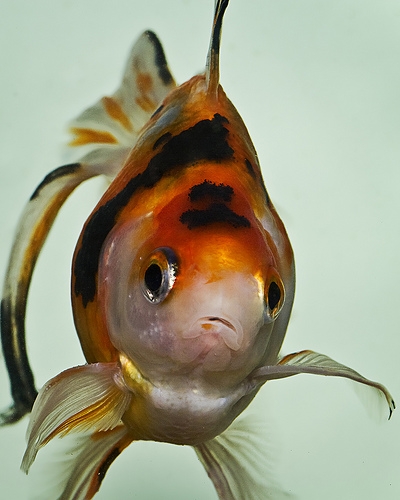Pesticide poisoning is one of the leading causes of pet death in the United States each year. Thousands of unsuspecting animals are dieing of it's ravaging effects while pet owners are baffled as to the demise of their beloved pets and outdoor wildlife.Little do they know of the caustic ingredients that are in many varieties of garden mulch, insecticides and herbicides that are sold in stores as marked as safe for pets and children. Many of your favorite store brands such as "Round Up" and "Weed and Feed" have cancer causing ingredients that can cause loss of reflex in humans along with severe symptoms such as comas,and kidney and liver failure. In dogs it is the number one cause of cancer known as malignant lymphoma.
Sadly, just five percent of pesticides reach their target weeds and garden pest. Pesticides and chemicals target our water supplies, lakes and streams in the form of run off or just dissipate into the air and fall back to earth in the form of acid rain. Major health damage can occur when Toxic Pesticides are absorbed through our skin, swallowed or inhaled. When not applied correctly, pesticides can settle on ponds, pools, children's toys, pets left outdoors and even drift through open windows settling on our furniture, bedding and even our floors. Our pets paws and our own shoes often are responsible for tracking deadly pesticides into our homes leaving unseen traces on our carpet.
We all face the continuing problem of toxic by-products through years of pesticide residue that is in our food supply and everyday environment. What we don't realize is how wide spread pesticide poisoning really is. These caustic chemicals are virtually used in all of our public buildings including our children's schools and play yards, restaurants, hospitals, hotels and private homes. Pesticide abuse is used in our agriculture and forest areas.
Why are Pets Vulnerable to Pesticide Poisoning?
* Pets spend most of their time close to the ground, this is where pesticide concentration is highest.
* Pets ingest most pesticides while grooming themselves. Many pets ingest these chemicals with the natural process of cleaning their paws and fur.
Most of our pets spend their time playing in heavily treated areas such as our front lawns or back yards.
* Pets have higher absorption rates than human systems. Animals may be more sensitive and easily poisoned by conditions deemed safe to people.
Signs of Pesticide Poisoning In Pets
* Excessive drooling and foaming at the mouth.
* Loss of thirst and appetite.
* Vomiting or diarrhea.
* Immune function decline.
* Convulsions and disorientation.
Toxic runoff that feed back into our water supply are responsible for killing forest animals, birds and fish.
* Feline thyroid disease.
* Dogs contract cancer (malignant lymphoma)
What Can We Do To Stop Pesticide Poisoning?
* Adapt an alternative "green" solution for pest control.
* Enjoy your weeds and bugs. They are part of nature.
* Educate yourself about pesticides used by your HOA, Lawn Service and immediate neighbors.
* Do not allow your pets to drink from ponds or outside water sources - always keep fresh, clean water readily available.
* Leash your pets, allowing them to run free is not a good idea.
* Bathe and brush your pets often.
* Wash down your outdoor living area.
* Think Eco-conscious when dealing with your environment.
Protect yourself and your pets from synthetic pesticides by being an educated consumer and willing activist in our Eco-system.

 List of Aggressive Tropical Freshwater Fish
List of Aggressive Tropical Freshwater Fish
List of Aggressive Tropical Freshwater Fish
List of Aggressive Tropical Freshwater Fish
 What Are Some Fish for an Outdoor Fish Pond?
What Are Some Fish for an Outdoor Fish Pond?
What Are Some Fish for an Outdoor Fish Pond?
What Are Some Fish for an Outdoor Fish Pond?
 How to Reduce Nitrates in Fish Tank
You can always can find some nitrates in a typ
How to Reduce Nitrates in Fish Tank
You can always can find some nitrates in a typ
 What to Do About Bully Fish in an Aquarium?
What to Do About Bully Fish in an Aquarium?
What to Do About Bully Fish in an Aquarium?
What to Do About Bully Fish in an Aquarium?
 What Are the Causes of Ick in Fish?
What Are the Causes of Ick in Fish?
Wh
What Are the Causes of Ick in Fish?
What Are the Causes of Ick in Fish?
Wh